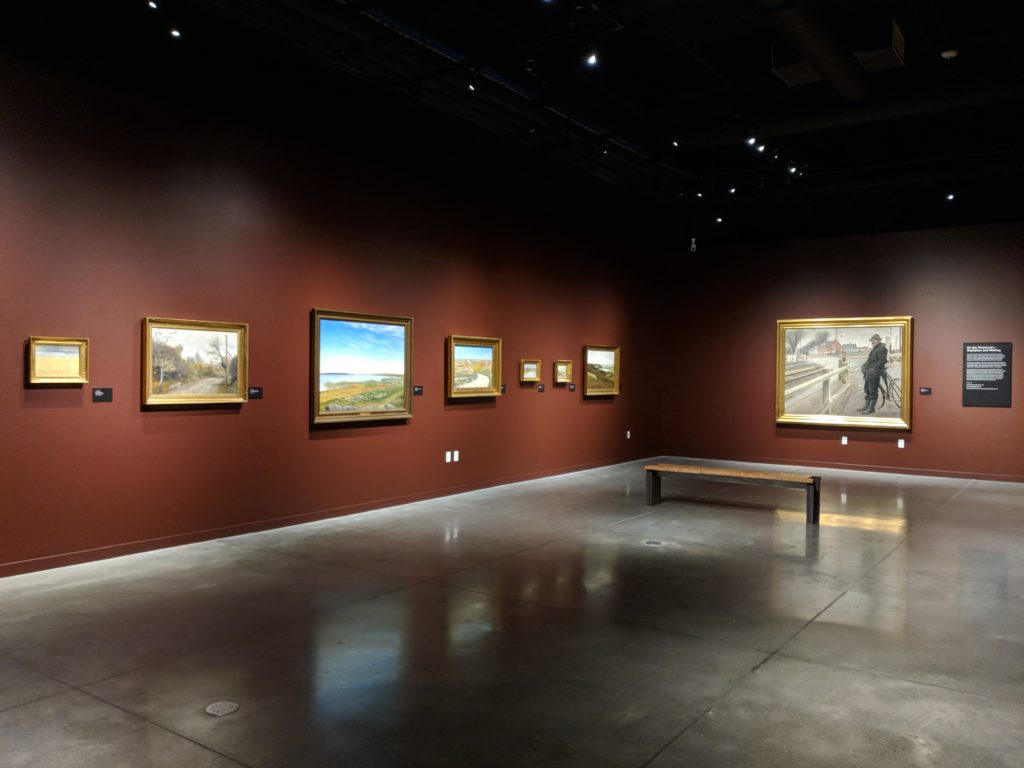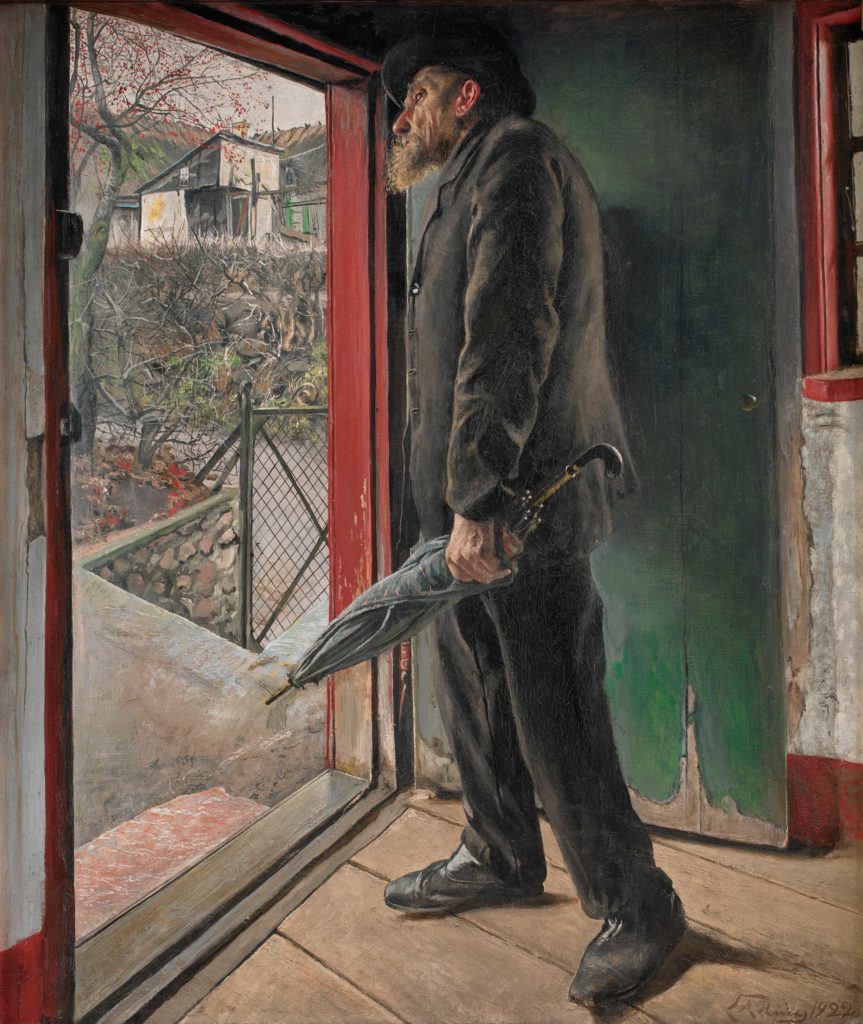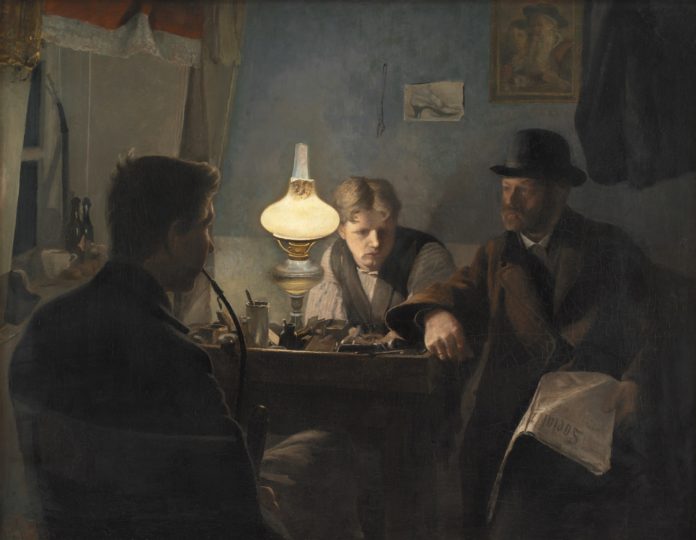The artist’s figures often occupy transitory zones — such as a window or railway crossing — that might represent the threshold between life and death.
nordicmuseum.org
through January 19
The National Nordic Museum (Washington) is presenting the first exhibition outside the Nordic countries focused on Laurits Andersen (L.A.) Ring (1854–1933), a Danish painter once famous for his realist and symbolist images.
All 25 paintings have been loaned by the National Gallery of Denmark. This project is titled “On the Edge of the World” because Ring’s figures often occupy transitory zones — such as a window or railway crossing — that might represent the threshold between life and death. It will move on to the Bruce Museum in Greenwich, Connecticut (February 1–May 24, 2020).

More from the museum:
L.A. Ring has been a key figure in the international breakthrough of Nordic art. His works are represented in major shows dedicated to art from around 1900, but despite his importance this will be the first exhibition devoted solely to Ring’s art shown outside the Nordic countries. It’s a rare opportunity to meet a highly gifted Nordic artist with a view on nature and modern life that corresponds with American Naturalism and Impressionism.

Ring’s paintings testify to the radical artistic and cultural shifts that took place in the decades around 1900, more so than the works of many other artists from the period. Meeting the modern world head-on, Ring is the one Danish artist to best describe the great changes in the world of art and in society taking place in the decades around the year 1900. The upheaval can be seen everywhere, often as a restless search for something different and perhaps more meaningful.

In Ring’s works, man often occupies a transitory zone—a threshold—whether at a garden gate, a window, a railway crossing, or on a road. It may be a young girl who is entering adulthood, or an old one who is close to death. Painted on the threshold of modern life, Ring’s works contain “the new” as concrete objects, as motifs, but they also reflect “the modern” as a state of mind. Eminently relatable, his art has a universally human quality. Showing everyday life around 1900, it resonates with American history as it also tells the story of many European emigrants who settled in the U.S. around 1900.

“In American immigrant culture, one finds a relationship with nature and place that is so pronounced and significant in L.A. Ring’s paintings. Feeling a lifelong connection with a personal, primordial, yet abandoned ur-landscape is also, and for good reason, a recurring theme among several American artists during the first half of the 20th century. With its depictions of vast landscapes and modern urban life in an America undergoing major transformations, American realism and naturalism has strong parallels to Ring’s production,” explains Peter Nørgaard Larsen, Senior Researcher and Chief Curator at SMK, the National Gallery of Denmark.
Sign up to receive Fine Art Today, the free weekly e-newsletter from
Fine Art Connoisseur magazine.








